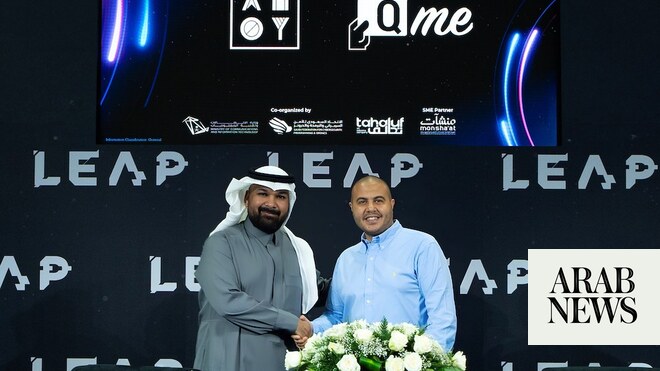Saudi Arabia’s Economic Growth Forecast for 2025
Riyadh: Recent analyses predict substantial economic growth in Saudi Arabia driven by its ongoing efforts towards economic diversification and expansion of the non-oil sector in alignment with the Vision 2030 framework. According to First Abu Dhabi Bank’s report, the non-energy Gross Domestic Product (GDP) of Saudi Arabia is expected to rise by 4.4% in 2025, compared to a growth rate of 3.5% in the previous year.
Positive Projections from Leading Financial Institutions
The optimistic forecasts mirror those from PwC, which anticipates similar growth in the non-oil economy for the same year. Additionally, the International Monetary Fund (IMF) has predicted a GDP growth of 3.3% for Saudi Arabia in 2025, with further growth expected at 4.1% in 2026. This aligns with predictions from Riyad Bank, which forecasts an even higher economic growth rate of 4.8% for the nation in 2025.
Impact of Credit Rating Upgrades
In November 2024, Moody’s upgraded Saudi Arabia’s sovereign credit rating from A1 to AA3, maintaining a stable outlook. This upgrade reflects the nation’s successful economic diversification efforts and its reduced vulnerability to oil market fluctuations. It highlights the country’s strong capacity to meet short-term debt obligations and reinforces confidence in Saudi Arabia as an emerging economic power, according to Jihad Azour of the IMF.
Growth in the Gulf Cooperation Council (GCC) Region
As part of broader trends, GDP growth across the Gulf Cooperation Council (GCC) is projected to double from 2.1% in 2024 to 4.2% in 2025. This growth is attributed to increasing activities within non-energy sectors, as the region benefits from strategic investments and diversification initiatives. The IMF also forecasts a 4.1% growth rate for Egypt in 2025, reflecting a positive regional economic outlook.
The Rise of the Non-Oil Sector
The non-oil sector in Saudi Arabia is showing encouraging signs of growth, with the Purchasing Managers’ Index (PMI) registering the highest levels in a decade. The PMI for Saudi Arabia reached 60.5 in January, underscoring robust domestic activity, consumer spending, and private investment. This growth is a direct result of effective economic diversification strategies spanning various sectors, including technology, healthcare, and renewable energy.
Investment Opportunities in the GCC
Investment prospects in the GCC region are broadening as countries prioritize technology and infrastructure development. The rapid digital transformation in the region presents significant opportunities for investors focusing on innovative technologies such as artificial intelligence and cybersecurity. The report emphasizes that the construction and material sectors stand to benefit immensely from these advancements.
Sustainability and Future Prospects
With a growing emphasis on sustainability, investments in renewable energy and waste management are becoming increasingly attractive in the GCC. Countries like Saudi Arabia and the United Arab Emirates are heavily investing in solar energy, opening doors for investors in the green energy sector. Furthermore, the rising demand for companies adhering to Environmental, Social, and Governance (ESG) criteria presents another substantial investment opportunity.
Conclusion: The Future of Saudi Arabia’s Economy
With multiple initiatives aimed at boosting tourism, including major projects such as Neom and Expo 2030, the hospitality sector is poised for significant growth. The continuous evolution of the real estate market, bolstered by favorable regulations for foreign investments, ensures exciting opportunities for both domestic and international investors. As Saudi Arabia navigates its economic transformation, the outlook for growth and investment remains promising.

